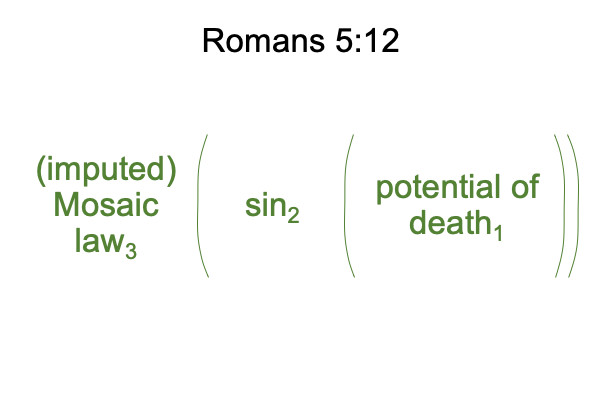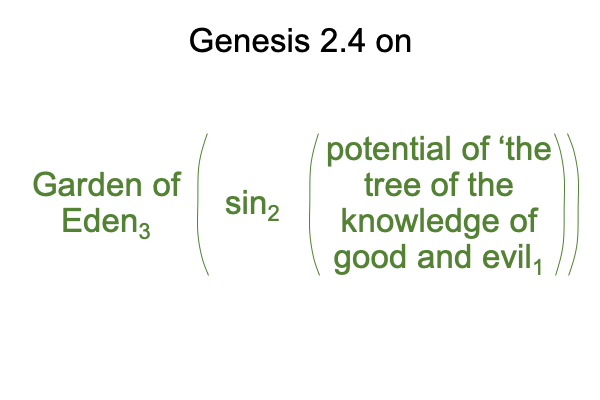Looking at Jack Reynolds’ Book (2018) “Phenomenology, Naturalism and Science” (Part 1 of 3)
0001 Jack Reynolds, Professor in Arts and Education at Deakin University, publishes a book with the subtitle, “A Hybrid and Heretical Proposal”. The book concerns two views that seem to resist hybridization: phenomenology and naturalism. Why? Does each regard the other as heretical?
Plus, where does that leave science?
Hmmm.
0002 Razie Mah examines Reynolds’ book in Comments on Jack Reynolds’ Book (2018) “Phenomenology, Naturalism and Science”, available at smashwords and other e-book vendors. The commentary is part of a series, “Phenomenology and the Positivist Intellect”.
0003 Phenomenology has an awkward relationship with science. It situates hands-on natural science. Yet, it competes for that role with visionary science.
Visionary science takes what is most precious to practicing scientists, the empirio-schematic judgment, and unfolds it into a situation-level nested form.
Phenomenology competes with and excludes visionary science.
0004 Consequently, phenomenologists and visionary scientists despise one another.
Both work to situate hands-on natural science, represented as a content-level nested form.
Each offers its own situation-level nested form.
0005 Perhaps, this is why Reynolds’ proposal directs attention away from the point of contention.
Hands-on science is naturalism. Hands-on science may be portrayed as the unfolding of the Positivist’s judgment into the content-level of an interscope.
Phenomenology and visionary science situate first-order natural science in very different ways.
0006 Phenomenology wants to consider phenomena in order to elucidate what the thing itself must be.
Visionary science wants to take an established scientific model and coronate it as what the thing itself must be.


